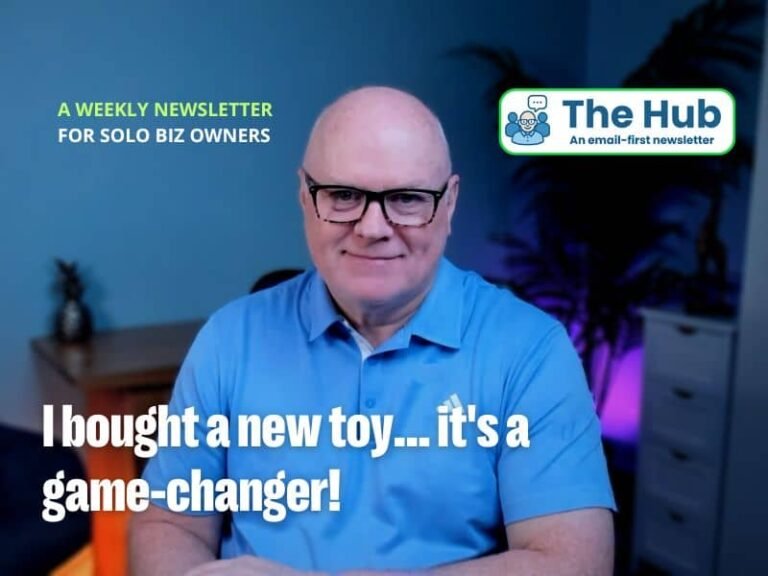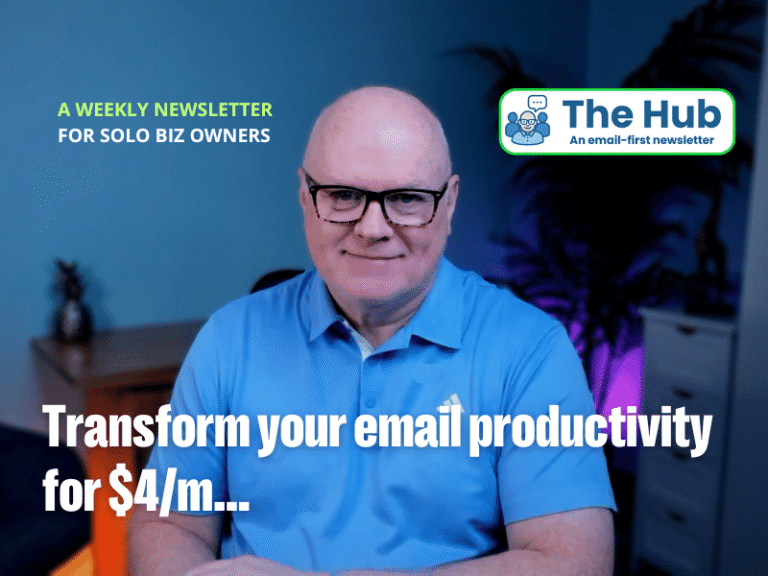|
|
Make sure your emails aren’t doing a ‘Tigger’ on you.
Do you know the difference between ‘soft‘ and ‘hard‘ bounces? 🤔
Soft and hard bounces are two of the most common reasons for email delivery failures.
But what are they…?
|
|
Soft bounces: these occur when your recipient’s mail server rejects your emails due to a temporary issue, such as a full mailbox or a server timeout. These emails can usually be re-sent without any problems.
Hard bounces: these occur when your emails are rejected due to a permanent issue, such as an invalid email address. These emails should not be re-sent as they’ll never be delivered.
It’s important to keep track of your email bounce rates so as to maximise your email deliverability. You can do this via your email marketing platform (e.g. ConvertKit), where you can see a list of email addresses that are being affected by ‘bounces’.
Bounces are not good for your overall email sender reputation as mailbox providers can see it as a ‘red flag’ and could negatively impact your deliverability* rate.
*P.S. “Deliverability” is the measurement of your ability to get your emails to land in your recipients’ inboxes (as opposed to their Spam or Junk folders).
|
|
Are you getting the basics right?
As a solopreneur, you need to do whatever is needed to deliver the results that you want for your business.
But what I see quite often is people who get the basics wrong, making things unnecessarily difficult for themselves.
For any business to succeed, it needs to nail a few key things;
- What problem(s) are you solving?
- For whom are you solving the problem(s)?
- Why are you solving the problem(s)?
- How are you solving the problem(s)?
If you can’t easily answer these 4 questions, then you’re probably making mistakes and having less success than your business is capable of.
Here’re my answers to these questions, they might help you with context;
My answers
|
|
The man who gave us frustrating Sunday afternoons!
In 1926, a baby boy was born in Sweden to two very proud parents; a father of German descent called Feodor and a Swedish mother, called Berta. His birth name was Feodor Ingvar Kamprad, later known as ‘Ingvar Kamprad’.
From the age of 5, he began his entrepreneurial journey by selling matches – an item that was a necessity in every home back then. He then progressed onto other items that were in demand, including fish (that he’d catch), fishing nets, pens, wallets, and even picture frames.
|
|
Even when he was sent to boarding school, he took with him a stash of pens and notepads, something he knew would be needed by everyone there, so stored them under his bed and sold them on demand.
In 1943, as a reward for doing well at school, Ingvar’s dad paid for a company to be set up for him – one that would go on to become a global giant today.
To name the newly formed company, Ingvar would use his initials (IK) plus ‘Elmtaryd’, the name of the family farm, and ‘Agunnaryd’, the farm’s parish in Småland – which became IKEA.
In order to get around the impracticality of storing such space-consuming items as furniture, Ingvar had the brainwave of crafting the products and storing them in a flat-pack style, attaching the assembly instructions for the buyer to do it themselves when they take it home.
|
|
Today, IKEA is now valued at about $18 billion and employs more than 135,000 staff in 43 countries. A truly impressive growth by a young man who came from nothing, and through sheer tenacity and ingenuity, created a furniture giant!
Now it’s common practice for families to make that traditional Sunday morning trip to their local IKEA store, and to then spend (too many) hours trying to decipher the assembly instructions! (or is that just us?) 😳
Footnote: Sadly, Ingvar passed away in 2018, aged 91, having contracted pneumonia.
|
Cheers, If we’re not already connected on LinkedIn, then let’s fix that now! If you’re new around here, let me give you a brief intro to who I am and what I do; 👋 Hi, I’m John, a freelancer with 30+ years of experience in software development, business start-up and growth strategies, and digital marketing, specialising in email marketing. I help service-based freelancers grow their businesses by showing them how to effectively implement an email marketing system that’ll bring them leads, prospects, and new clients, complemented with proven success strategies for solopreneur-type businesses.
|



